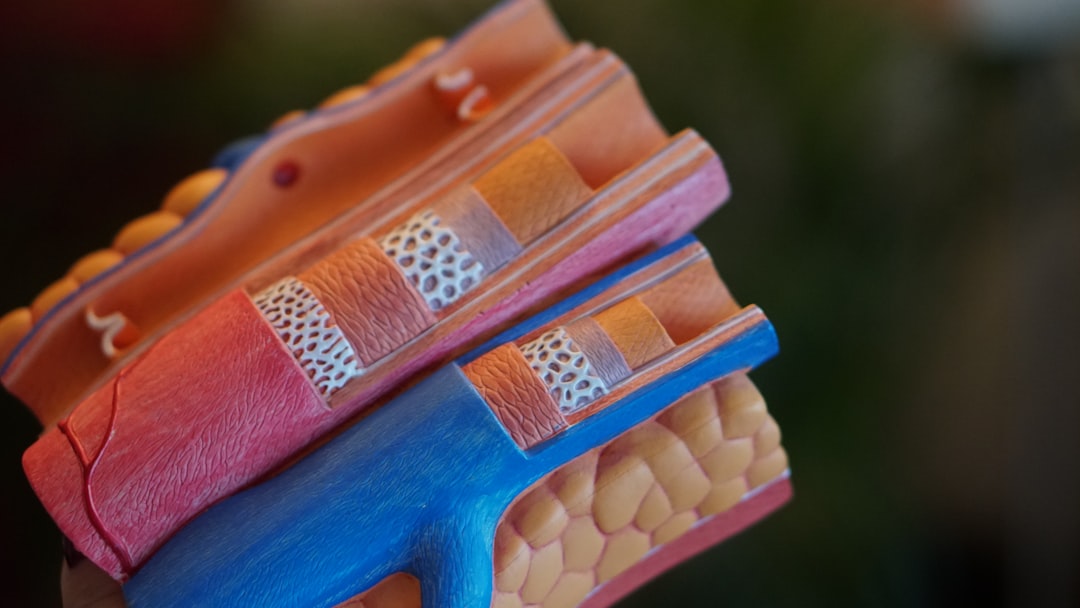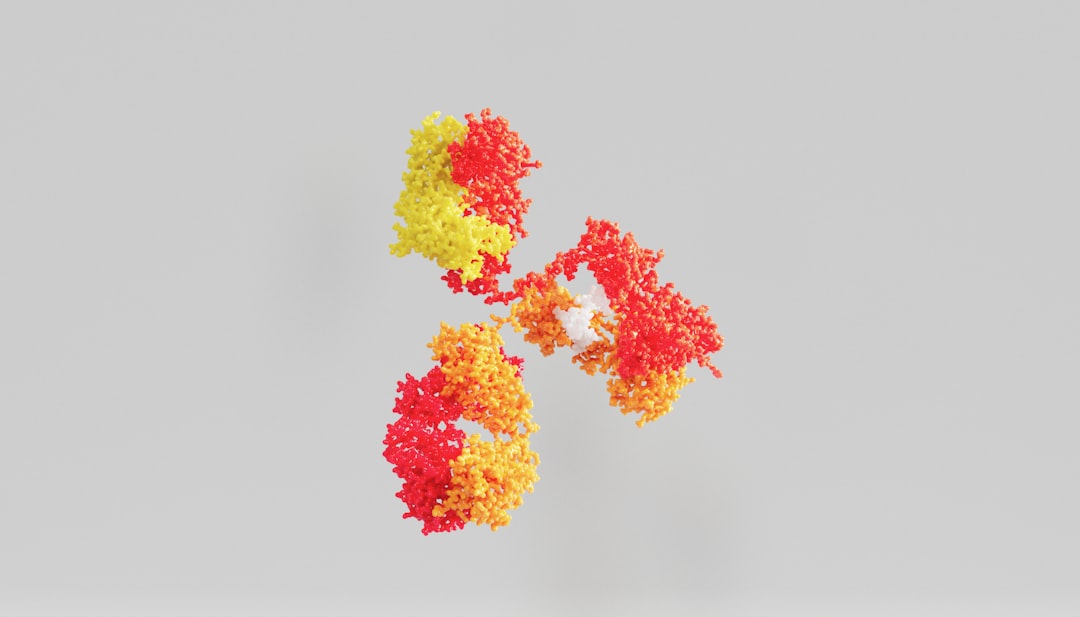What is it about?
In this paper, iron availability and atmospheric composition are shown to determine susceptibility of a marine bacterium, Halomonas hydrothermalis, to suboptimal and elevated temperature and salinity by impacting rates of cell division (but not viability). In particular, iron starvation combined with microaerobic conditions is found to result in reduced sensitivity to temperature across the 13°C range tested.
Featured Image
Why is it important?
Compounded impacts of iron availability and atmospheric gas composition on microbial temperature and salt sensitivities have not been previously reported, despite observations that nutrient-starved cells frequently exhibit increased tolerance of heat, UV-B radiation, antibiotics, and oxidative stress. Our results suggest that the interplay between resource availability and stress tolerance plays an important role in determining biological permissiveness for extreme environments.
Read the Original
This page is a summary of: Reduction of the Temperature Sensitivity of Halomonas hydrothermalis by Iron Starvation Combined with Microaerobic Conditions, Applied and Environmental Microbiology, March 2015, ASM Journals,
DOI: 10.1128/aem.03639-14.
You can read the full text:
Contributors
Be the first to contribute to this page










